Replay Boomer – Grist Magazine, Imagine 2200 Climate Fiction Initiative

Imagine 2200, Grist’s climate fiction initiative, publishes stories that envision the next 180 years of equitable climate progress, imagining intersectional worlds of abundance, adaptation, reform, and hope.
1963
Breakfast is interrupted by a crash that shakes the house to its foundations. Out the window, the wet coastal view is obscured by a spray of dust and foam. Another house has slid into the sea…
Slipping away: Erosion forces Olympic National Park to take a hard look at Kalaloch Lodge – the Seattle Times
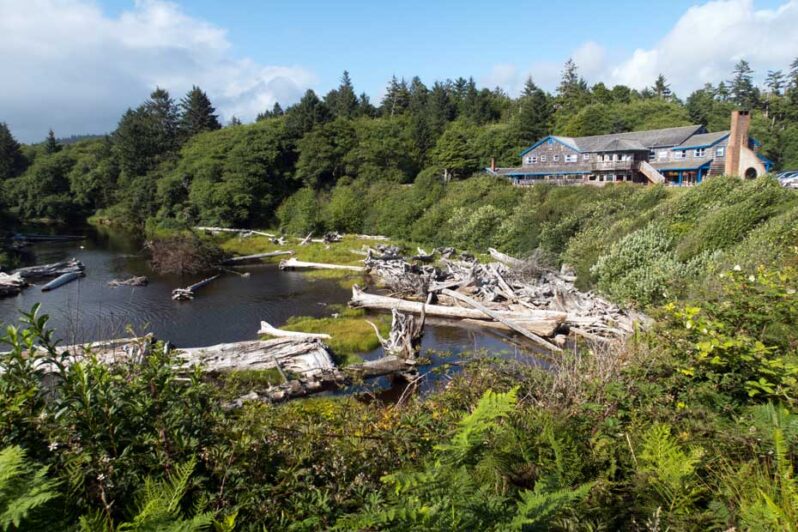
Kalaloch is the third-most-visited of Olympic National Park’s nine districts…Kalaloch Lodge, run on a concessionaire’s contract by the global entertainment/hospitality company Delaware North…has grown into a beachfront hotel with a restaurant overlooking the ocean, a small grocery store, a campground and nearly 50 cabins sitting on the same bluffs where the Beckers built their rustic resort 95 years ago. Except there’s less bluff. And less of it every year….
NOAA and partners race to rescue remaining Florida corals from historic ocean heat wave – NOAA Climate.gov
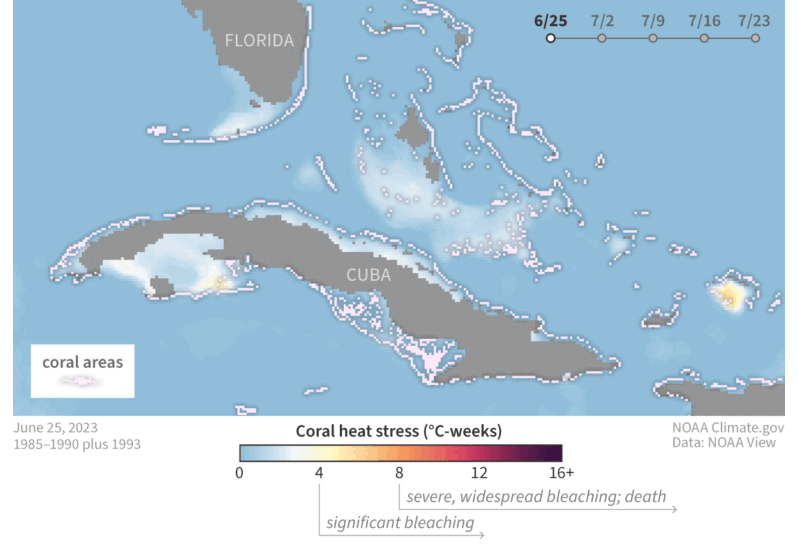
In mid-July 2023, heat-stressed corals in the southern Florida Keys began bleaching—expelling their food-producing algal partners—amid the hottest water temperatures ever documented in the region during the satellite record (dating back to 1985). As weeks of heat stress have continued to accumulate, bleaching and death have become more widespread, raising fears of a mass mortality event on the region’s already fragile reefs…
‘Get off my sand?’: Coastal homeowners sue over shoreline law, but state is prepared to fight – the Providence Journal
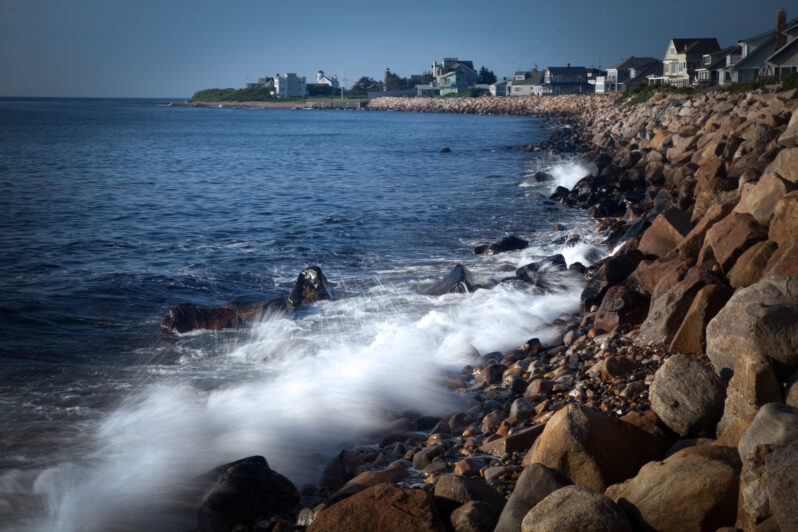
Coastal property owners have filed a federal lawsuit to overturn Rhode Island’s new shoreline-access law. The suit claims that the new legislation, which allows the public to use the shoreline up to 10 feet inland of the seaweed line, amounts to an unconstitutional taking under the Fifth Amendment. It comes as little surprise: Opponents of the new law, some whom are involved with the suit, had made clear that they intended to challenge it in court…
Warming Stripes – Ed Hawkins

An enthusiastic and prolific nature photographer for over 25 years, Steve Mandel’s diverse portfolio includes astronomical imaging, wildlife photography, and the photography of microscopic marine organisms.
Steve is much more than a photographer with a camera. When he can’t find a camera that can capture the sort of imagery he believes is required to broaden our understanding of science and widen our perception, he will just BUILD it himself.
His photographs have appeared in the New York Times, Smithsonian Books, Reader’s Digest, Forbes Magazine, Sky&Telescope, Astronomy, and used by websites including NASA. Three of Steve’s images: of Japanese Macaques, Lemurs in Madagascar, and Proboscis Monkey have been given Highly Honored Awards by the Smithsonian Museum of Natural History and put on display at the Museum. He is also the recipient of the Astronomical Society of the Pacific’s International Amateur Achievement Award, and the American Astronomical Society’s Chambliss Amateur Achievement Medal.
Twelve New Kids’ Beach Reads to Inspire Action and Adventure – Hakai Institute
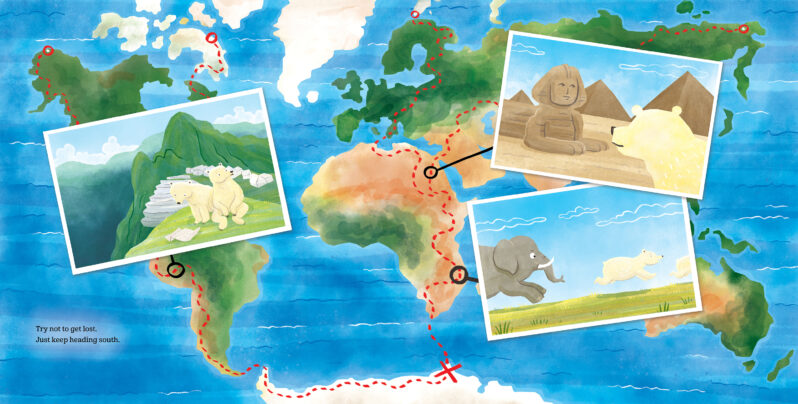
Young readers can become archaeologists, seaweed harvesters, and Arctic explorers, all through the pages of books.
One of the best antidotes to climate anxiety is climate action, and there are plenty of places to look for inspiration—including within the pages of several of this season’s new kids’ beach reads. If the tournament’s a go, I’ll be bringing them with me for the ride…
Opposition grows to Indonesia’s resumption of sea sand exports – Mongabay

Marine and fisheries activists in Indonesia are ramping up their calls for the revocation of a new government regulation allowing the export of sea sand, saying the policy will benefit foreign interests more than local fishers and marine ecosystems…
Can Art Change Attitudes Toward Climate Change? – Hyperallergic

A study found that people who viewed climate data in the form of an artwork were less likely to lean on their preconceived notions.
A new study found that using art to convey environmental data eased political perceptions about climate change. As wildfires rage in Canada and New York City recovers from a week of smoke, the study’s findings could help scientists more effectively communicate their research at a pivotal point in the future of the planet…
Mangroves: “Superhero” Ecosystems – Frontiers for Young Minds
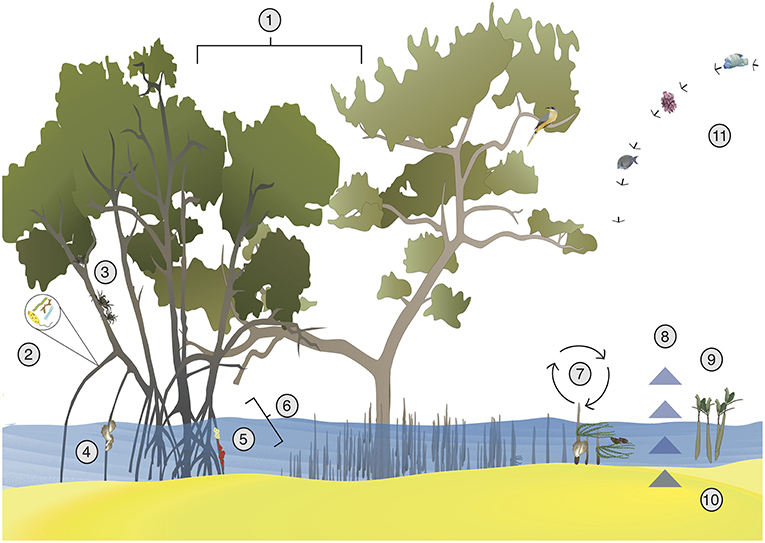
Because mangroves live along the land-ocean boundary, they are unique plants that provide several benefits to nature and humans. For example, mangroves provide refuge and food for organisms, hurricane protection, and water filtration; mangroves also promote the release of oxygen into the atmosphere and the uptake and trapping of carbon dioxide, which helps to fight against climate change. To understand mangrove ecosystems, it is important to consider the role of the microorganisms that live there…
